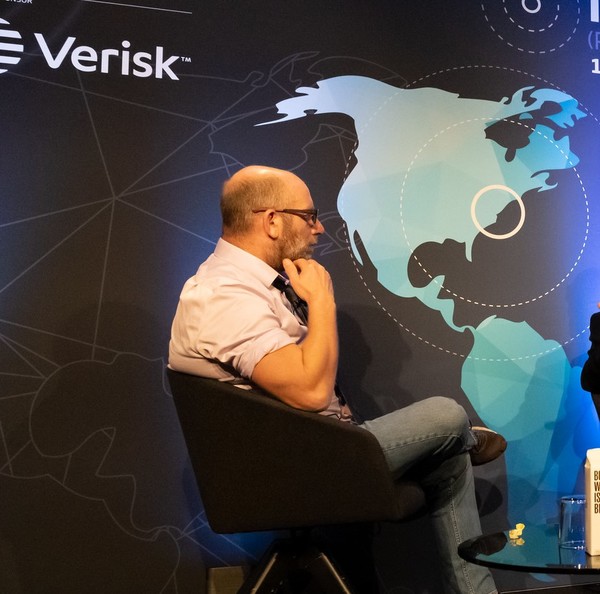Demand for marine and energy industry loss warranties (ILWs) has increased sharply over the past year – as it already had from the year before. After six years of heavy natural catastrophe activity worldwide, an increased appetite among reinsurers for speciality risk has led to significant accumulations and the need to offload risk. Capacity for traditional forms of retrocession is in short supply, making ILWs a much more attractive alternative than in the past. However, many protection buyers turning to the ILW market have little experience with it, let alone the underlying index.
Most marine and energy ILWs are traded using the PCS Global Marine and Energy loss index. The index provides an independent view of industry-wide insured losses for ocean marine and offshore energy events of at least USD 250 mm worldwide. Although it is challenging to secure data on usage, we estimate that at least USD 1 bn in marine and energy ILWs has traded on the index since its 2017 launch. The bulk of this activity occurred between trading parties familiar with the index. There were some additional transactions from parties who may not have understood the index but traded anyway due to tactical, short-term considerations.
The increase in demand for marine and energy ILW capacity calls for a more robust understanding of how ILWs work. The mechanics are thankfully straightforward. An ILW is a form of reinsurance that uses an independent third party to determine whether it pays. Examples make understanding ILWs much easier.
A USD 20 mm marine and energy ILW triggering at USD 2 bn according to PCS – a structure we see in the market – means that the protection seller will pay the protection buyer USD 20 mm on if PCS reports an industry-wide insured loss of USD 2 bn from a marine or energy loss event.
A variation, called a “stretch,” pays out proportionately instead of on a binary basis. For example, a USD 1.5 bn stretch attaching at USD 1.5 bn – for USD 20 mm in protection – would start to pay at a PCS-reported marine or energy loss of USD 1.5 bn and pay the full amount by USD 3 bn. For example, a USD 2.25 bn loss would have the protection seller pay the protection buyer USD 10 mm.
In Bermuda alone, PCS has seen hundreds of millions of dollars in marine and energy ILWs quoted since the fourth quarter of 2023. Demand could increase again as marine and energy losses continue to materialise. ILWs will help engage new sources of capital in the marine market, such as insurance-linked securities, allowing reinsurers to improve risk and capital management.
